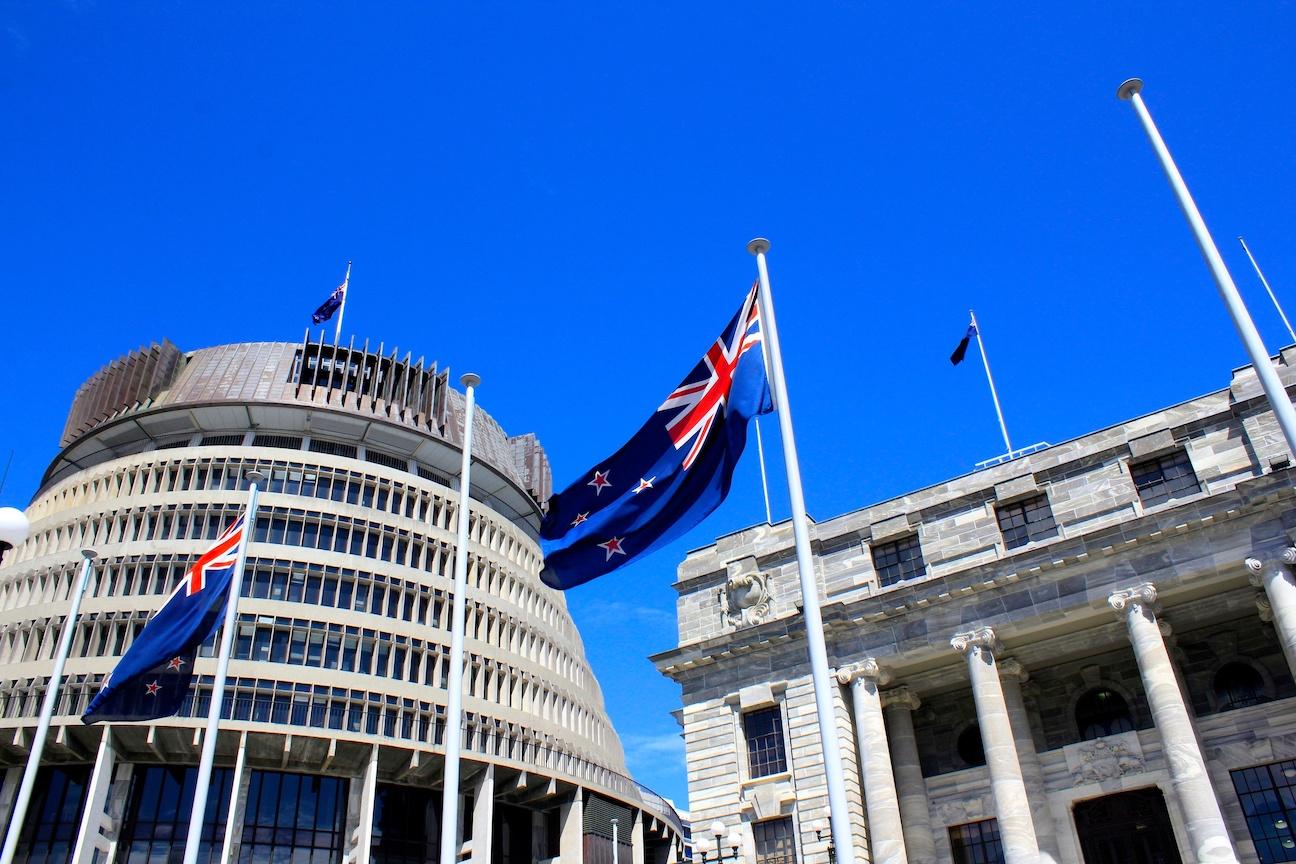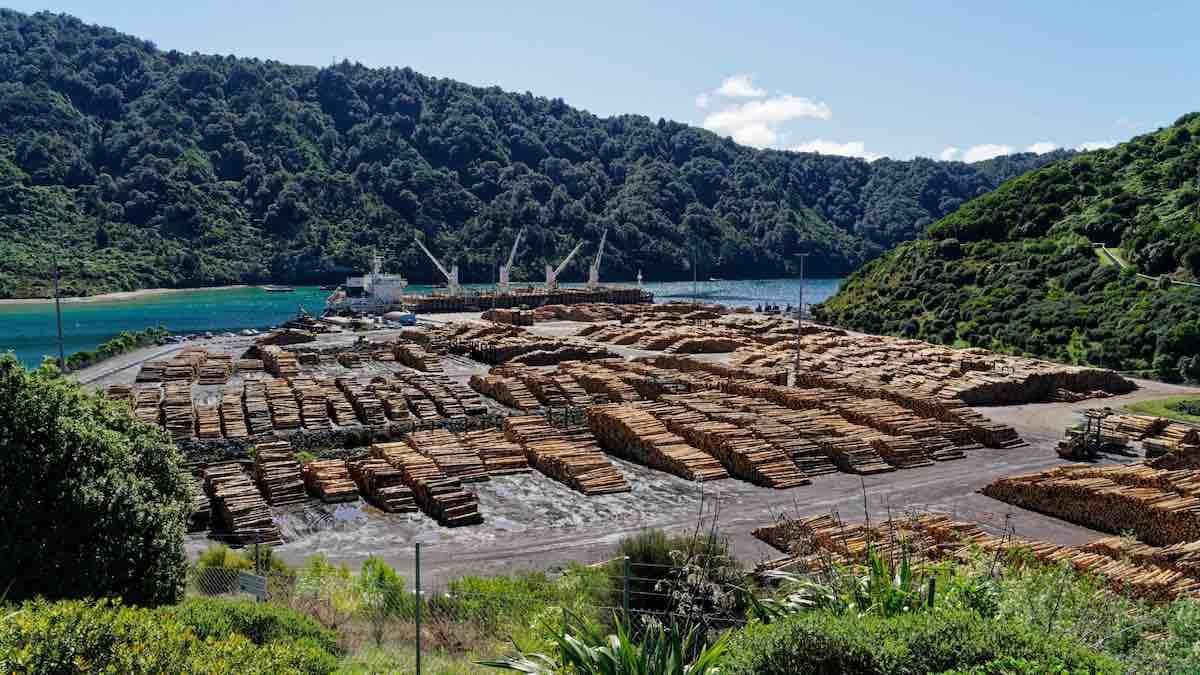Protecting your business with the right insurance
Date
19 April 2023
Share

While Finance New Zealand is not an insurance provider, and because insurance is mandatory with most of the commercial financing products that we can offer customers, we are keenly aware of the potential financial implications if a customer has not had the right level of insurance cover in place.
While Finance New Zealand is not an insurance provider, and because insurance is mandatory with most of the commercial financing products that we can offer customers, we are keenly aware of the potential financial implications if a customer has not had the right level of insurance cover in place. Sadly, most people will learn that they have a problem with their level of insurance cover when they come to make a claim and it is challenged.
The last two decades in New Zealand have served as a reminder for the need to be as well insured as you can afford. The use of the term “one-in-a-hundred-year event” is now being challenged due to the increasing frequency of adverse weather events and other major catastrophic events like the Christchurch earthquakes in 2011, and the recent severe weather events across the North Island.
Choosing the right business insurance and appropriate levels of cover for your business is critical to protect your business from unexpected events and liabilities that could lead to financial loss. Here are some key points to consider when looking at insurance for your business:
- Identify your risks: it is important to work out where your business is exposed to risk so start by thinking about and identifying your specific business risks. This might include property and asset damage or loss, theft, natural disasters, the extent your business could injure people or damage other people’s property, statutory risks, if you offer incorrect advice, key-man risk and exposure to cyber threats to name some of the key exposures to think about. Considering this will help you best engage with an insurance professional to determine the type of cover you might need. A useful approach when risk exposure has been identified is to consider what risks can be eliminated and what risk can be reduced, and then work on insurance cover for what remains.
- Research different types of insurance: once you know your risks, it is wise to research the many types of business insurance that are available to help provide you with appropriate cover for your specific business risks. A few key risks include commercial property insurance, business interruption, construction insurance, vehicle insurance, mobile and fixed plant insurance, professional liability insurance, Directors & Officers insurance, public liability, statutory liability, employers’ liability, key person cover, cyber cover and health insurance (as an employee benefit) to name a few.
- Assess your coverage needs: once you have identified the risks and types of insurance available, assess your coverage needs. Consider the size of your business, the industry you are in, the risks specific to your business and any property or assets that you have financed, to ensure that your level of cover will meet the outstanding finance at any given time.
- Understand the terms and conditions of your insurance options: seek advice and quotes from different insurance providers to compare coverage and pricing. The terms of your cover are critical, hence, the cheapest option, although tempting, may not provide adequate cover for your business.
- Engage with an insurance professional: in considering all the above, it is critical that you consult with an insurance adviser (or advisers, as you may need many types of insurance) who has the experience and knowledge to help you establish what will be best for your business. A good adviser can help you identify your risks, assess your coverage needs and recommend the appropriate insurance policies. A combination of competitive market price, appropriate policy scope of coverage and an insurer with expertise and good claims handling reputation is important.
- Regularly assess the market value of your insurance assets: From a finance point of view, under-insurance can occur early in a loan term when the assessed market value of the asset insured falls faster than the loan’s amortisation; this risk is more pronounced when funding one hundred percent of the purchase price. We recently had a situation where the client had purchased an asset that never went to work but for which they had to make a claim. The market value of the asset was originally assessed as $15,000 less than they paid for it, leaving the client with a shortfall to cover. For used assets, adjusting the insurance value for ‘wet weather’ market value is crucial; for example, if assets were purchased 2 years ago and the insured value goes down while the replacement cost increases. In another case, our client suffered a roll-over event that led to a 3–4 month repair period. Their insurance allowed $50,000 to cover a short-term rental; however, because the repair period was so long they were only covered for approximately 10 weeks or roughly half of the repair time. The clients had to rent a replacement machine on short-term hire, which cost $5,000 per week or approximately 10 weeks’ cover in total. After 10 weeks, the owner had to meet loan payments as well as the cost of the rented replacement machine.
Remember that choosing the right mix of business insurance is a critical business decision to ensure that you protect your business and assets as best as possible, and that it is affordable in the event of unforeseen circumstances. For example, 40% of liability claims costs incurred by insurers relate to the defence of claims made against businesses and people. If a third party goes legal, then you and your insurer must do the same even though, as is often the case, you have no liability.
Another very important business insurance cover is loss of profits, which can make the difference in being able to continue in business after a significant fire, flood etc. While assets may be properly insured, the ability to retain employees, continue to pay overheads etc. is also important, particularly when it can take say 6–12 months to be trading at 100% again.
Most of our Business Finance Advisers have professional networks that include insurance professionals; if you need insurance assistance and don’t know who to talk with, then you are welcome to contact your local Finance New Zealand Business Finance Adviser to hear about who they might recommend.
Finance New Zealand also can provide your business with Insurance Premium Funding; if you are looking for a way to spread your annual insurance cost with manageable weekly, fortnightly, monthly or quarterly payments, then please also get in touch with your local Finance New Zealand Adviser – we’re always happy to help with funding solutions that work for your business.
Similar Posts
07 February 2024
Business finance news: The finance sector regulatory environment
Many businesses will welcome a change in government to one seen as more business friendly. Within the financial sector we expect to see the following impacts in the short term:

07 February 2024
Business finance news: The domestic economy
Business confidence has improved since late 2023 but remains a mixed bag. This mirrors what we are seeing across our own business. As we have returned from summer holidays, there seems a more optimistic attitude within our client base.


Page Links
Contact us
Finance New Zealand Limited L11 BDO Tower, 19-21 Como Street, Takapuna, Auckland 0622 PO Box 65164, Mairangi Bay 0754 T: (09) 222 0320E: info@financenz.co.nzMember of


Proud Sponsors of Auckland Rescue Helicopter Trust
Copyright Finance New Zealand Ltd 2024



